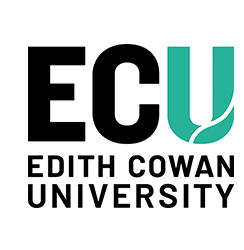Author Identifier (ORCID)
Markus H. Frank: https://orcid.org/0000-0002-1312-0488
Abstract
Background: The ability of mesenchymal stromal cells (MSCs) to facilitate regenerative responses in inflamed and injured tissues, coupled with preclinical data suggesting potential to restore defective collagen VII at the dermo-epidermal junction, has raised the hope that MSCs may provide an effective disease-modifying therapy for patients suffering from recessive dystrophic epidermolysis bullosa (RDEB). Methods: We present a descriptive analysis of the clinical research on systemic MSC administration to RDEB patients available in PubMed, including six early-phase studies and one case report, involving 59 patients who received 1–3 intravenous infusions of MSCs from various sources. Results: Based on 133 MSC infusions, a total of 44 mostly mild adverse events were reported as definitely, possibly or likely related to the study treatment, only two of which led to treatment discontinuation. Improvements were seen in skin manifestations, disease activity, pain, pruritus and quality of life, with considerable heterogeneity in reported outcome variables and measurement tools between studies, and large inter-patient variability within studies. Conclusions: Although the current evidence base is limited, reflecting the typical challenges of clinical research in rare diseases, the reported results suggest potential treatment benefits for patients and provide a rationale for continuing to pursue this therapeutic approach.
Document Type
Journal Article
Date of Publication
1-1-2024
Volume
35
Issue
1
PubMed ID
39551482
Publication Title
Journal of Dermatological Treatment
Publisher
Taylor & Francis
School
School of Medical and Health Sciences
RAS ID
77880
Funders
NIH National Eye Institute (R01EY025794, R24EY028767) / NIH National Heart, Lung, and Blood Institute (R01HL161087) / NIH National Institute on Aging (P01AG071463)
Creative Commons License

This work is licensed under a Creative Commons Attribution-Noncommercial 4.0 License


Comments
Niebergall-Roth, E., Dieter, K., Frank, M. H., & Kluth, M. A. (2024). Systemic treatment of recessive dystrophic epidermolysis bullosa with mesenchymal stromal cells: A scoping review of the literature and conclusions for future clinical research. Journal of Dermatological Treatment, 35(1). https://doi.org/10.1080/09546634.2024.2419931